Antimicrobial Technologies: Comparing Silver and Copper
Silver: The Shining Warrior
Silver has long been revered for its potent antimicrobial properties, with a rich history dating back to ancient civilizations. This lustrous metal possesses a remarkable ability to combat a wide array of microorganisms, including bacteria, fungi, and viruses, making it a formidable ally in the fight against infectious agents.
Mechanisms of Action
The antimicrobial mechanisms of silver are multifaceted and highly effective. One of the primary modes of action involves silver’s interaction with the peptidoglycan cell wall of bacteria. This interaction causes structural alterations and increases membrane permeability, ultimately leading to cell death. Additionally, silver ions can penetrate bacterial cells and interfere with crucial proteins, preventing DNA replication and hindering the microorganism’s ability to replicate and thrive.
To illustrate this mechanism, consider the case of a bacterial infection. When silver ions come into contact with the bacterial cell, they bind to the peptidoglycan layer, disrupting its structural integrity. This disruption allows the silver ions to penetrate the cell membrane, where they can interact with various cellular components, such as enzymes and proteins involved in DNA replication. By interfering with these vital processes, silver effectively inhibits the bacteria’s ability to multiply and spread, ultimately leading to their demise.
Applications and Efficacy
Silver-based materials find applications in numerous sectors due to their potent antimicrobial properties:
- Water Purification: Silver is incorporated into water filtration systems to remove harmful microbes, ensuring the provision of clean, potable water. In developing regions where access to safe drinking water is limited, silver-based filters can play a crucial role in preventing waterborne illnesses.
- Dental Hygiene Products: Toothpastes, mouthwashes, and other dental products often contain silver compounds to combat oral bacteria and prevent infections. The antimicrobial properties of silver help maintain good oral health and prevent the development of conditions like gingivitis and tooth decay.
- Textile Manufacturing: Silver-infused fabrics and clothing offer protection against odor-causing bacteria and fungi, enhancing comfort and hygiene. These antimicrobial textiles are particularly beneficial in athletic wear, medical garments, and other applications where moisture and bacterial growth can lead to unpleasant odors and potential health risks.
- Wound Healing Materials: Silver-based dressings and bandages aid in the healing process by preventing bacterial infections and promoting tissue regeneration. The antimicrobial properties of silver help create a sterile environment, reducing the risk of wound contamination and facilitating faster healing.
- Food Packaging: Silver-based coatings and films are used in food packaging to extend the shelf life of perishable goods by inhibiting microbial growth. This technology helps reduce food waste and ensures the safety and freshness of packaged products.
While silver exhibits remarkable antimicrobial properties, its efficacy can diminish under certain environmental conditions, such as high temperatures and humidity. This limitation has led researchers to explore alternative materials and combinations to enhance silver’s performance in challenging environments.
Copper: The Ancient Guardian
Copper, the oldest and 26th most abundant element in the Earth’s crust, has been revered for its antimicrobial properties since ancient times. This versatile metal has proven to be a potent ally in the fight against pathogenic microorganisms, including Gram-positive and Gram-negative bacteria, viruses, and fungi.
Mechanisms of Action
Copper’s antimicrobial mechanisms are multifaceted and target multiple cellular processes in bacteria, displaying a pleiotropic effect. This diverse mode of action reduces the likelihood of resistance evolution, making copper a formidable adversary against microbial threats.
The “Oligodynamic effect” plays a crucial role in copper’s antimicrobial activity. This phenomenon involves the release of copper ions that disrupt the functionality and replication of microorganisms, ultimately leading to their demise. Copper ions can damage bacterial cell membranes, interfere with essential enzymes, and generate harmful reactive oxygen species, creating a hostile environment for microbial growth and survival.
To illustrate this mechanism, consider a surface contaminated with bacteria. When copper ions are released from the copper surface, they interact with the bacterial cell membrane, causing structural damage and increasing permeability. This allows the copper ions to penetrate the cell, where they can disrupt vital cellular processes, such as enzyme activity and DNA replication. Additionally, the copper ions can generate reactive oxygen species, which further contribute to the oxidative stress and damage within the bacterial cell, ultimately leading to its death.
Applications and Efficacy
Copper and its alloys find applications in numerous sectors, leveraging their potent antimicrobial properties:
- Healthcare Settings: Copper-infused surfaces, such as door handles, bed rails, and medical equipment, help prevent hospital-acquired infections by reducing microbial contamination. The antimicrobial properties of copper create a self-sanitizing surface, reducing the risk of pathogen transmission and improving patient safety.
- Construction: Copper-based materials are increasingly used in construction projects, providing antimicrobial protection and reducing the risk of microbial growth in buildings. This technology is particularly beneficial in high-moisture areas, such as bathrooms and kitchens, where bacterial and fungal growth can pose health risks.
- Cleaning and Disinfection Products: Copper-based cleaning solutions and disinfectants offer effective antimicrobial protection for various surfaces and environments. These products leverage the potent antimicrobial properties of copper to eliminate harmful microorganisms and maintain a hygienic environment.
Copper exhibits a broad-spectrum antimicrobial effect across various environmental conditions, including high temperatures and humidity, making it a versatile and reliable choice in diverse settings where microbial growth is a concern.
Comparative Analysis: Silver vs. Copper
While both silver and copper demonstrate significant antimicrobial activity, they possess distinct advantages and limitations that warrant careful consideration based on the specific application and environmental conditions.
Efficacy
Copper has shown superior effectiveness in environments where silver’s efficacy diminishes, particularly under hot and humid conditions. This characteristic makes copper a more robust choice in challenging environments where microbial growth is a concern, such as tropical regions or industrial settings with high temperatures and moisture levels.
Safety
Copper is considered a safer alternative to silver due to its essential role in human health and lower toxicity profile. As an essential micronutrient, copper is less likely to cause adverse effects when used in appropriate concentrations and applications, making it a more suitable choice for applications with direct human exposure, such as healthcare settings or consumer products.
Applications
Silver has a broader range of applications, including water purification and food packaging, due to its compatibility with various materials and processes. Its antimicrobial properties are effective in low-temperature and low-humidity environments, making it suitable for applications where these conditions are prevalent.
Copper, on the other hand, is often preferred in healthcare settings and construction projects for its robust antimicrobial properties and durability. Its ability to withstand harsh environmental conditions and maintain its antimicrobial efficacy makes it an ideal choice for high-risk areas where microbial growth can pose significant health risks.
Mechanisms of Resistance
The multiple mechanisms of action employed by copper-based technologies make it challenging for microorganisms to develop tolerance or resistance. Copper ions can disrupt various cellular processes, making it difficult for microbes to adapt and overcome these diverse modes of attack.
In contrast, silver’s antimicrobial activity is more specific, potentially leading to faster resistance development in certain microbial populations. While the risk of resistance is present for both materials, copper’s pleiotropic effect provides an advantage in mitigating the emergence of resistant strains.
Future Prospects: Nanoparticles and Beyond
As research in antimicrobial technologies continues to evolve, nanoparticles (NPs) have emerged as a promising avenue for enhanced efficacy and targeted applications. Both silver and copper nanoparticles (Ag NPs and Cu NPs) have demonstrated remarkable antimicrobial properties, with Ag NPs exhibiting superior antiviral performance against HIV-1 compared to gold nanoparticles (Au NPs).
Nanoparticles offer unique advantages due to their small size and high surface-to-volume ratio, which can enhance their antimicrobial activity and enable targeted delivery to specific sites or pathogens. These NPs can be tailored to target specific pathogens and resistances, providing a versatile and adaptable solution to combat emerging microbial threats.
Additionally, the integration of antimicrobial technologies with other materials and processes holds the potential for innovative applications in various sectors, such as healthcare, agriculture, and environmental remediation. For example, incorporating antimicrobial coatings or nanoparticles into medical devices, food packaging, or water treatment systems can significantly improve their effectiveness and safety.
Conclusion
In the ongoing battle against harmful microorganisms, antimicrobial technologies based on silver and copper have proven their worth as potent allies. While both materials exhibit remarkable antimicrobial properties, their unique characteristics and applications make them complementary solutions in different scenarios.
Silver shines in applications where low temperature and humidity are present, while copper excels in harsh environmental conditions, offering superior antimicrobial protection. As research continues to advance, the integration of these materials with emerging technologies, such as nanoparticles, holds the promise of even more effective and targeted antimicrobial solutions.
By harnessing the power of these ancient guardians and embracing innovative approaches, we can pave the way for a safer and more sustainable future, where the threat of microbial contamination is effectively mitigated across various sectors and environments.
Sources
.




